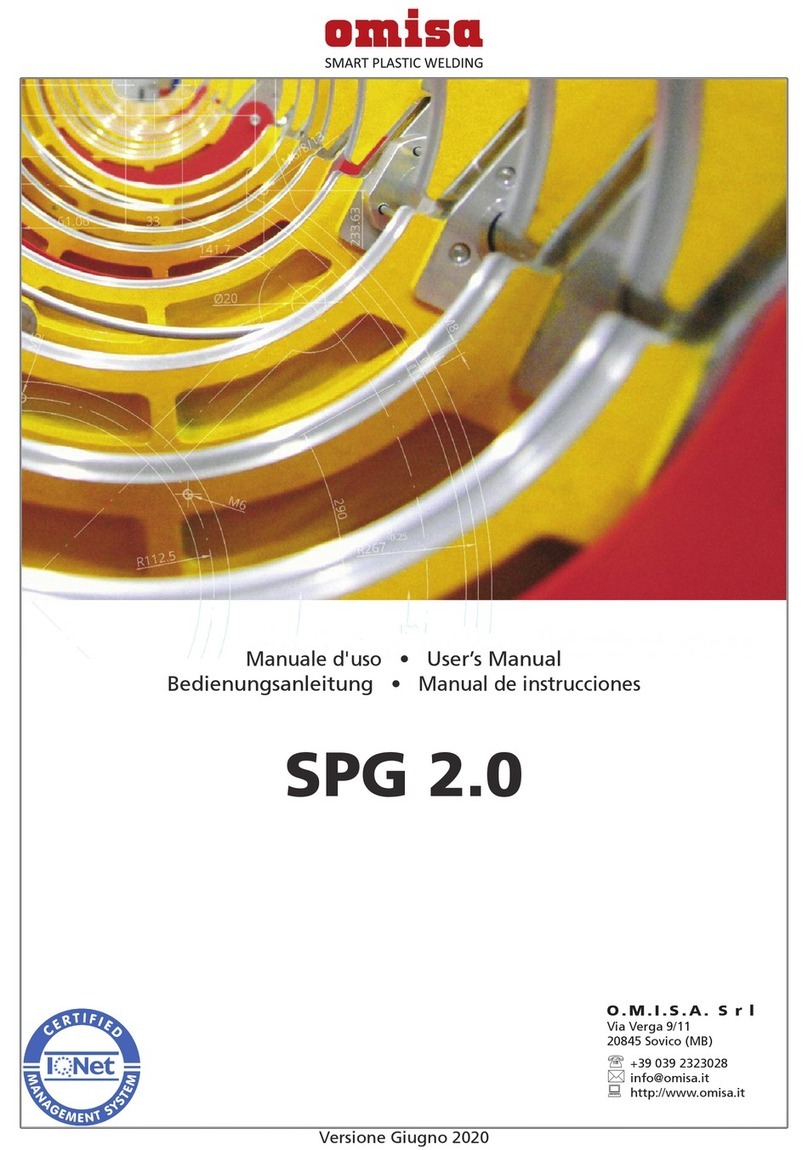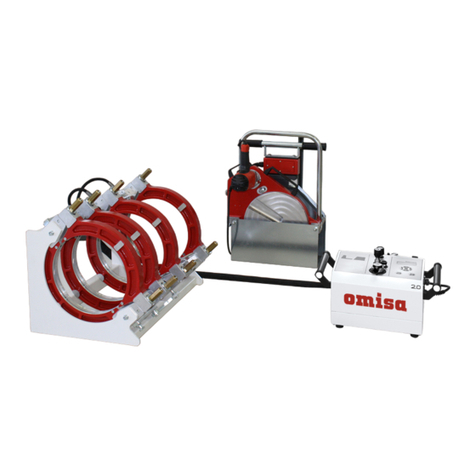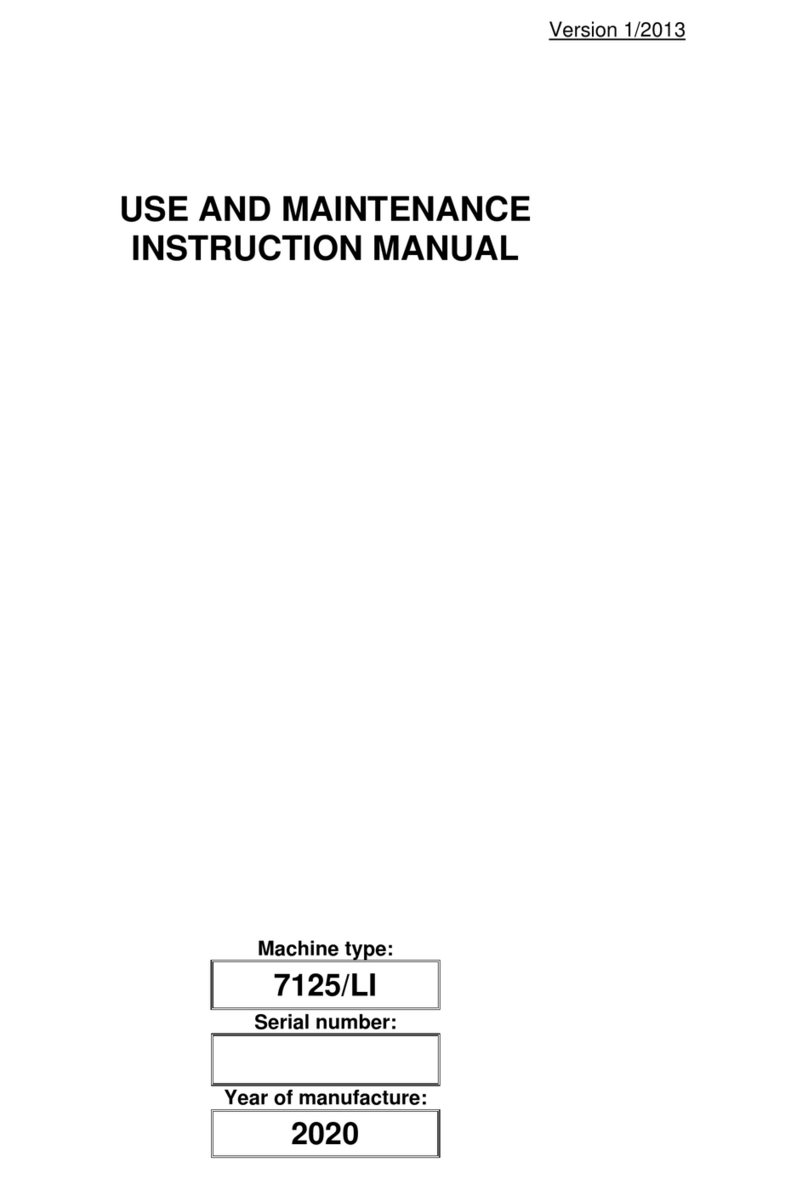
Versione Aprile 2020 IT 3
Manuale d'uso HST – S – 160
O.M.I.S.A. S r l
Via Verga 9/11
20845 Sovico (MB),
Italia
Indice
1 Introduzione........................................................................................................ 5
2 Messaggi di sicurezza ......................................................................................... 5
2.1 Uso improprio dei cavi di saldatura e di alimentazione................................... 5
2.2 Protezione del raccordo e del giunto................................................................ 5
2.3 Pulizia del prodotto............................................................................................ 5
2.4 Apertura dell'unità ............................................................................................. 6
2.5 Controllo del prodotto per danni...................................................................... 6
2.6 Alimentazione di rete......................................................................................... 6
3 Manutenzione..................................................................................................... 6
3.1 Assistenza e riparazione..................................................................................... 6
3.2 Trasporto, conservazione, spedizione................................................................ 6
4 Principio di funzionamento................................................................................ 7
5 Funzionamento................................................................................................... 7
5.1 Accensione dell'unità di saldatura..................................................................... 7
5.2 Collegamento del raccordo................................................................................ 7
5.3 Processo di saldatura .......................................................................................... 7
5.4 Fine della saldatura............................................................................................. 7
5.5 Processo di saldatura interrotto......................................................................... 8
5.6 Tempo di raffreddamento.................................................................................. 8
5.7 Ritorno all'inizio del processo............................................................................ 8
5.8 Utilizzo del adattatore multiplo ........................................................................ 8
6 Panoramica delle funzioni di automonitoraggio .................................................8
6.1 Errore di sistema ................................................................................................. 8
6.2 Erogazione rete rotta ......................................................................................... 8
6.3 Contatto interrotto............................................................................................. 8
6.4 Sottotensione...................................................................................................... 9
6.5 Sovratensione...................................................................................................... 9
6.6 Errore temperatura o la sua rilevazione difettosa............................................ 9
6.7 Errore frequenza................................................................................................. 9
6.8 Corrente molto bassa o molto alta.................................................................... 9
6.9 Blocco emergenza............................................................................................... 9
6.10 Saldatura ripetuta............................................................................................... 9
7 Speciche tecniche.............................................................................................. 9
8 Contatti per l'assistenza e la riparazione ........................................................ 10
9Accessori/pezzi per il prodotto......................................................................... 10

































